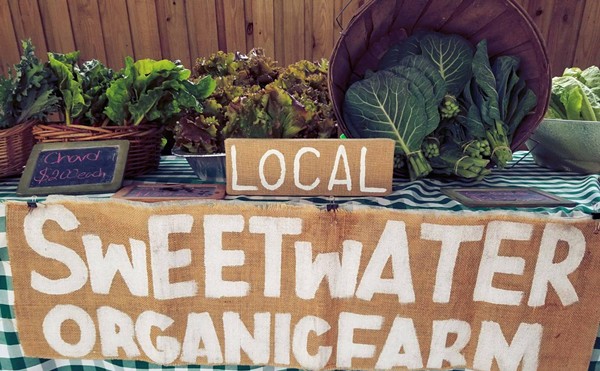Sitting on a plane headed head home after a holiday in Ireland, I reflect on the past week spent in this lovely country. There’s the warm and welcoming people and rich foods. But for me, it was the whiskey that made the biggest impression of all.
In going to the places where Irish whiskeys originated, I wanted to find what sets Irish whiskey apart from other whiskeys. Touring Jameson Distillery in Dublin and Tullamore Dew in Tullamore, two of the three best-known Irish whiskey brands, I found my answers. (Note: Bushmill’s whiskey is the third in this trifecta of Ireland’s popular whiskey brands; it originates from Belfast, Northern Ireland.) Plus, I did a little “research” of my own at pubs around the country.
Upon first tasting the aforementioned spirits, I was pleasantly surprised at how smooth they were on the palate. These whiskeys were so much smoother than other American and Scottish brands I’d had in the past. Irish whiskey’s hallmark is that it’s distilled three times, creating a “purer” spirit. The triple distillation started in the 1800s, when the mixture of malt and grain didn’t give a pure enough spirit with just two distillations. By comparison, the majority of Scotch whiskies are distilled only twice and most American brands distill theirs just once.
Another major factor in Irish whiskeys’ distinct taste is the fact that unpeated malted grains are used in the brew (save for a few of the smaller brands, like Connemara). Malts used in whiskey are typically heated over the course of a few days over peat or coal to dry them out and add flavor. Peat is a fossil fuel made up of organic matter (vegetation, bones, etc.) that has accumulated over thousands of years and is found deep in soil, mainly in wetland areas. After being dug up, it’s compressed, formed into briquettes and dried so it can be used as a largely smokeless form of fuel. Peat used to heat malts for distillation gives whiskey used with these “peated malts” very distinct earthy, smoky, “peaty” overtones. Most Irish distillers choose to use coal that has to be shipped in from the UK, despite the fact that peat can be found in the many bogs in the Emerald Isle. It’s exactly the opposite in Scotland, where scotch is almost always made with peated malts shipped in from Ireland.
In short, coal-fired malts produce a smoother-tasting product, and peat-fired malts create a “peaty”-flavored end product.
Irish whiskeys display a range of lush aromas and flavors — orange, lemon rind, vanilla, even grass. These notes can be attributed to the American bourbon and/or Spanish sherry casks in which they are aged for at least three years (per the Irish Whiskey Act of 1980).
Time hasn’t been too kind to Irish whiskey distillers, due to Prohibition, taxes, etc. The best-selling Irish whiskeys in the world (the big three I mentioned earlier) aren’t even produced in their founding locations, though that’s where they maintain their visitor centers and tours. By the early 1970s, the only surviving Irish distilleries — Jameson, Bushmills, and Paddy & Powers (who purchased Tullamore Dew in 1953) — were merged to become the company Irish Distilleries. This whiskey monopoly is now located in Midleton in
Southern Ireland, and is now owned by French liquor group Pernod Richard.
Luckily, one of these original Irish distillers is going back to its roots and heritage, breaking away from the fold in Midleton. Tullamore Dew was purchased in 2010 by William Grant & Sons, an independent, family-owned and run company in Scotland that bought the company from Irish Distillers/Pernod. Plans are in the works to bring production back to the original distillery in Tullamore.
The smaller distillers and brands sprouting up in Ireland over the past few decades are a real treat to visit as well. Locke’s, Commemara, Midleton Very Rare, and Greenspot are a few brands that are highly regarded in the whiskey community. Touring these sites and tasting their wares was a wonderful introduction to the world of whiskey and its long-held production traditions.















